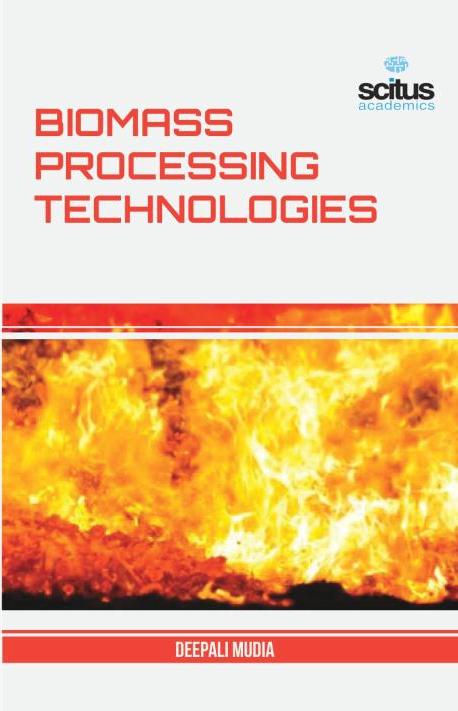Biomass is biological material derived from living, or recently living organisms. In the context of biomass for energy this is often used to mean plant based material, but biomass can equally apply to both animal and vegetable derived material.
Biomass processing technologies capture value from biomass in different ways because biomass resources have varying ratios of distinctly different molecular structures (essentially water soluble carbohydrates, water insoluble carbohydrates and hydrocarbons). Value adding technology must be tailored to the biomass type to achieve optimum outcomes. Lignocellulosic material (woody biomass) is overwhelmingly the most common form of biomass in agricultural, industrial, municipal, forest and natural environments. Tree based lignocellulosic biomass can be essentially harvested on demand therefore offers the most stable and scalable primary resource for biomass technologies. The abundance of lignocellulosic biomasses provides strategic advantages to the thermal technologies and to emerging cellulosic fermentation. There are six generic technologies for energy conversion based on: direct combustion for power; anaerobic digestion for methane rich gas; fermentation of sugars for alcohols; oil exaction for biodiesel; pyrolysis for biochar, gas and oils; and gasification for syngas. These can then be followed by an array of secondary processing options depending on specific final products. Anaerobic digestion, fermentation and oil extraction are suited to specific biomasses that have easily extractable oils and sugars or high water contents. Such biomass resources are mainly associated with the food chain and are strategically constrained. Digestion, oil extraction and fermentation of sugars are all well established commercially. Thermal technologies such as direct combustion, pyrolysis and gasification, can effectively process all forms of biomass, including complete utilisation of lignocellulosic materials. Combustion and gasification of biomass for heat and power is commercially proven. Of the thermal processing options, pyrolysis provides the most flexible product platform, being able to generate solid, liquid and gas outputs roughly analogous to their coal, oil and gas fossilised counterparts. However, there are still relatively few commercial pyrolysis operations using biomass feedstocks.













